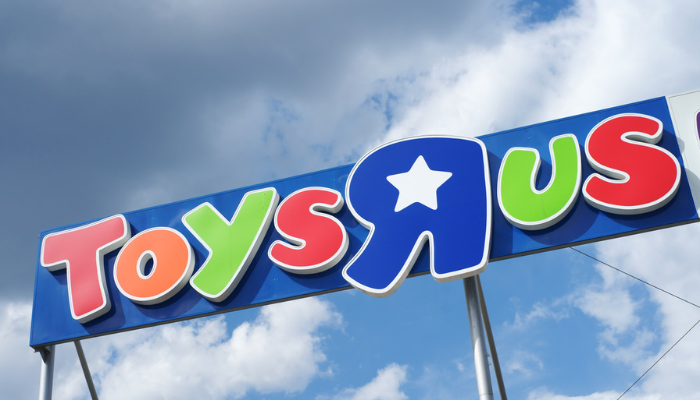
04 Oct Beloved retail giant stages an unexpected comeback from bankruptcy.
In a dramatic twist that mirrors the unexpected resurrection of villains in horror films, an iconic retailer that Had fallen victim to financial insolvency is now making a surprise return to the limelight. Just like in thrilling movies when a defeated enemy unexpectedly comes back, retail brands often manage to survive despite facing bankruptcy.
The retailer in question, once an invincible titan of the industry, had faced liquidation, its future shrouded in uncertainty. However, against all odds, it has embarked on a journey to recapture some of its former glory.
This story of a retail comeback is similar to the plot of horror movies. Just when you think they’re gone for good, they come back, keeping you excited. It’s like the end of a suspenseful thriller where you see a glimmer of life, hinting at the return of famous villains like Freddy Krueger, or Jason Voorhees. This retailer has reemerged, sparking amazement and curiosity.
But let’s not be fooled; when big retail giants make a comeback, they often seem more like zombie brands than their former selves. Take companies such as Sharper Image. It used to have high-tech stores selling electronics, gadgets, massage chairs, but went bankrupt. Another company brought it back and put its name on adult-oriented toys and lower-end gadgets at stores like Target. These items possessed a subtle link to the original brand but primarily relied on the brand’s name to establish familiarity.
Similarly, Bed Bath & Beyond faced bankruptcy but came back and resurrected as Overstock.com, which acquired Bed Bath & Beyond’s name and website. The new Bed Bath & Beyond is quite different and lacks physical stores, but the name still carries recognition from its previous incarnation as Overstock.com.
Toys R Us is another example of a “zombie brand.” It faced bankruptcy and has been brought back in various forms, like holiday pop-up shops in grocery stores and toy sections in Macy’s. However, none of these attempts truly captured what Toys R Us was and what it used to be – huge, magical toy stores for kids. The current owner plans to open up to 24 “flagship” Toys R Us stores to revive the magic.
It’s important to note that while big retailers like Amazon, Walmart, and Target played a role in Toys R Us’ decline, the company’s financial struggles also contributed. A buyout left the chain without the resources to update its stores, leading to its gradual downfall.
In the 1980s, Toys R Us was a beloved destination for toys, but competitors like Target and Walmart expanded their toy sections. Now, the new owner of Toys R Us aims to bring back the magic with 24 “flagship” stores in prime locations, making them intriguing destinations. They want to create immersive experiences where customers can explore and discover the latest toys. They also plan to introduce Toys R Us stores in airports and on cruise ships.
In summary, these iconic retailers are making a comeback, though they’ve changed in many ways. They tap into consumers’ nostalgia, offering a glimpse of cherished memories while promising new retail experiences. Like horror movie villains, they rise from uncertainty, ready for a surprising comeback that captures the excitement and imaginations of shoppers worldwide.


